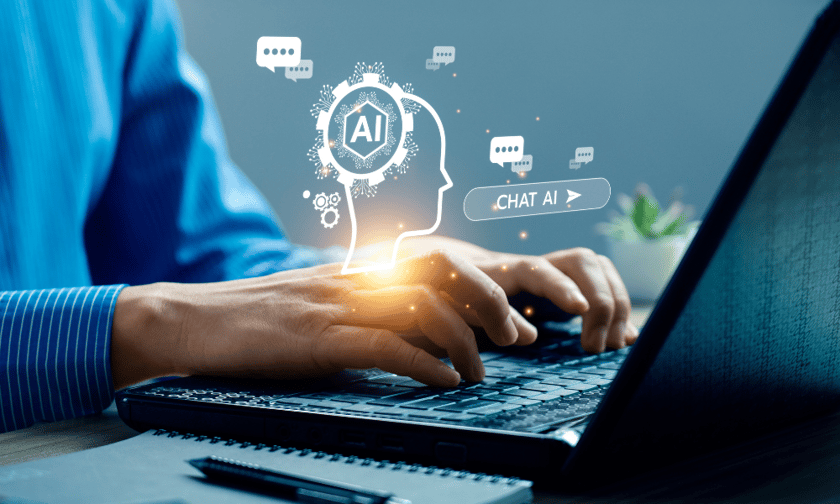

As technology becomes more integrated into actuarial workflows, the Canadian Institute of Actuaries (CIA) has identified key areas where generative artificial intelligence (Gen AI) is transforming traditional practices with greater efficiency and precision.
Gen AI, a branch of artificial intelligence capable of generating text, images, and code, is particularly making waves through large language models (LLMs).
Trained on massive datasets, these tools can automate key actuarial tasks like report generation and underwriting, producing outputs that are both coherent and accurate. For actuaries, this means more time to focus on strategy and analysis while leaving repetitive tasks to AI.
The CIA has identified several practical uses of Gen AI for actuaries:
Among the most notable applications of Gen AI in actuarial work is the automation of analysis report generation.
Actuaries can rely on AI tools to draft narrative summaries of financial metrics and technical results, saving time and ensuring consistent documentation. This approach is helping professionals manage increasing workloads while maintaining the quality and accuracy of their reports.
The cornerstone of actuarial science is also being revolutionized. Gen AI systems can simplify model validations by detecting anomalies, providing concise explanations of models, and simulating scenarios. This not only speeds up validation but also enhances compliance with evolving industry standards.
"Generative AI is a game-changer for model validation. It allows us to pinpoint inconsistencies early and enhances compliance without compromising efficiency,” the CIA said.
Gen AI supports actuaries in writing, debugging, and improving code. For instance, it can convert data formats, such as transforming Excel files into Python code, harmonizing systems and improving computational performance. By automating parts of model development, actuaries can focus on refining methodologies and adapting models to meet emerging challenges.
Gen AI tools are reducing manual errors and accelerating decision-making for group coverages by synthesizing data, generating risk scores, and checking consistency across databases.
Similarly, AI’s ability to write, debug, and convert code is proving invaluable for actuaries involved in model development, allowing them to harmonize systems and improve computational performance.
In addition to core actuarial tasks, Gen AI is enhancing productivity in meetings and onboarding.
AI transcription tools accurately capture key points from discussions, while personalized learning tools help new hires grasp complex standards like IFRS 17 or software such as AXIS. These developments ensure that actuaries can onboard more efficiently and stay updated on the latest regulations and tools.
Last but not least, data management and analysis are also undergoing significant transformation as actuaries harness Gen AI to automate tasks such as data validation, anomaly detection, and the creation of synthetic datasets. These advancements not only address privacy concerns but also streamline large-scale testing, improving data handling and saving considerable time during analytical processes.
While the possibilities are promising, the CIA emphasizes the importance of adopting Gen AI responsibly. A cautious approach—starting with low-risk projects and developing best practices—is essential to integrating these tools into the profession without compromising industry standards.
“Actuaries should not merely be users of Gen AI but should play a central role in its implementation. With their deep understanding of data and insurance models, actuaries are uniquely positioned to ensure that Gen AI is used effectively and responsibly within the profession,” the CIA said.
